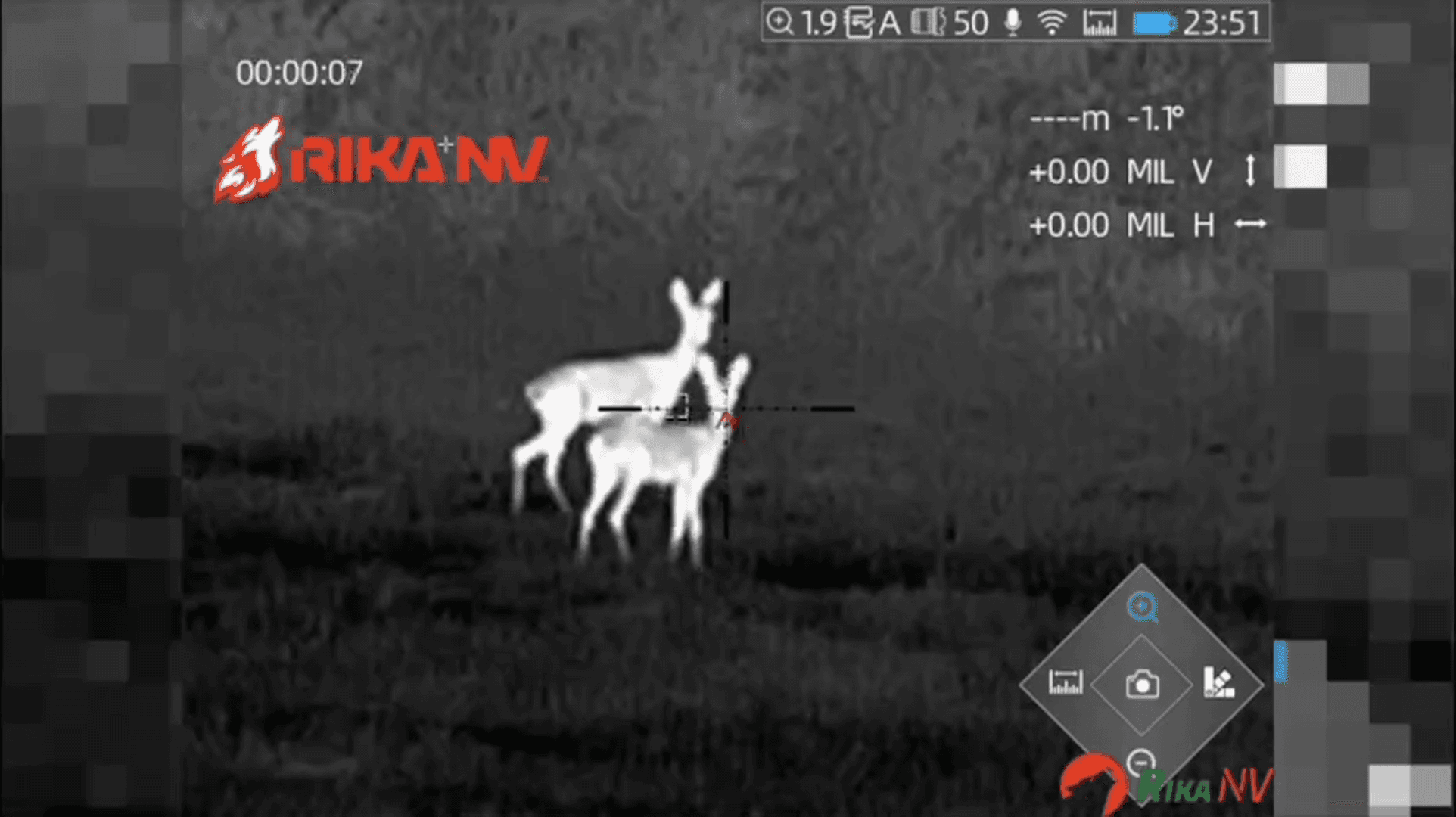
Falconry in the USA – State Laws, Traditions, Training, and Care Falconry in the USA is more than a sport—it’s a centuries-old tradition rooted in discipline, respect for raptors, and a deep connecti
Post: 19 October 12:36

Post: 19 October 12:36

Post: 30 September 12:06

Post: 13 November 10:12

Post: 25 June 19:37

Post: 2 July 14:09

Post: 31 July 08:45

Post: 29 May 14:12

Post: 3 July 06:48

Post: 1 August 14:35

Post: 12 June 20:30

Post: 28 July 09:20

Post: 16 June 21:39

Post: 4 July 08:41

Post: 25 July 09:52

Post: 2 September 09:31

Post: 4 September 15:23

Post: 28 July 13:43

Post: 24 July 21:07

Post: 18 June 13:24

Post: 26 May 20:51

Post: 23 May 11:23

Post: 24 July 14:45

Post: 1 July 07:40

Post: 1 July 08:10

Post: 19 June 11:36

Post: 16 May 08:15

Post: 25 May 17:16

Post: 22 June 14:31

Post: 16 June 22:11

Post: 3 July 06:03

Post: 17 June 13:15

Post: 21 June 13:00

Post: 25 July 06:49

Post: 24 July 13:24

Post: 29 July 07:26

Post: 8 May 13:11

Post: 23 July 13:32

Post: 11 July 06:09

Post: 13 May 13:28

Post: 17 June 13:48

Post: 10 July 14:06

Post: 2 September 06:50

Post: 8 May 14:26

Post: 25 July 09:14

Post: 25 August 14:21

Post: 2 November 13:51

Post: 1 August 12:24

Post: 12 July 14:04

Post: 11 July 14:09

Post: 11 July 09:44